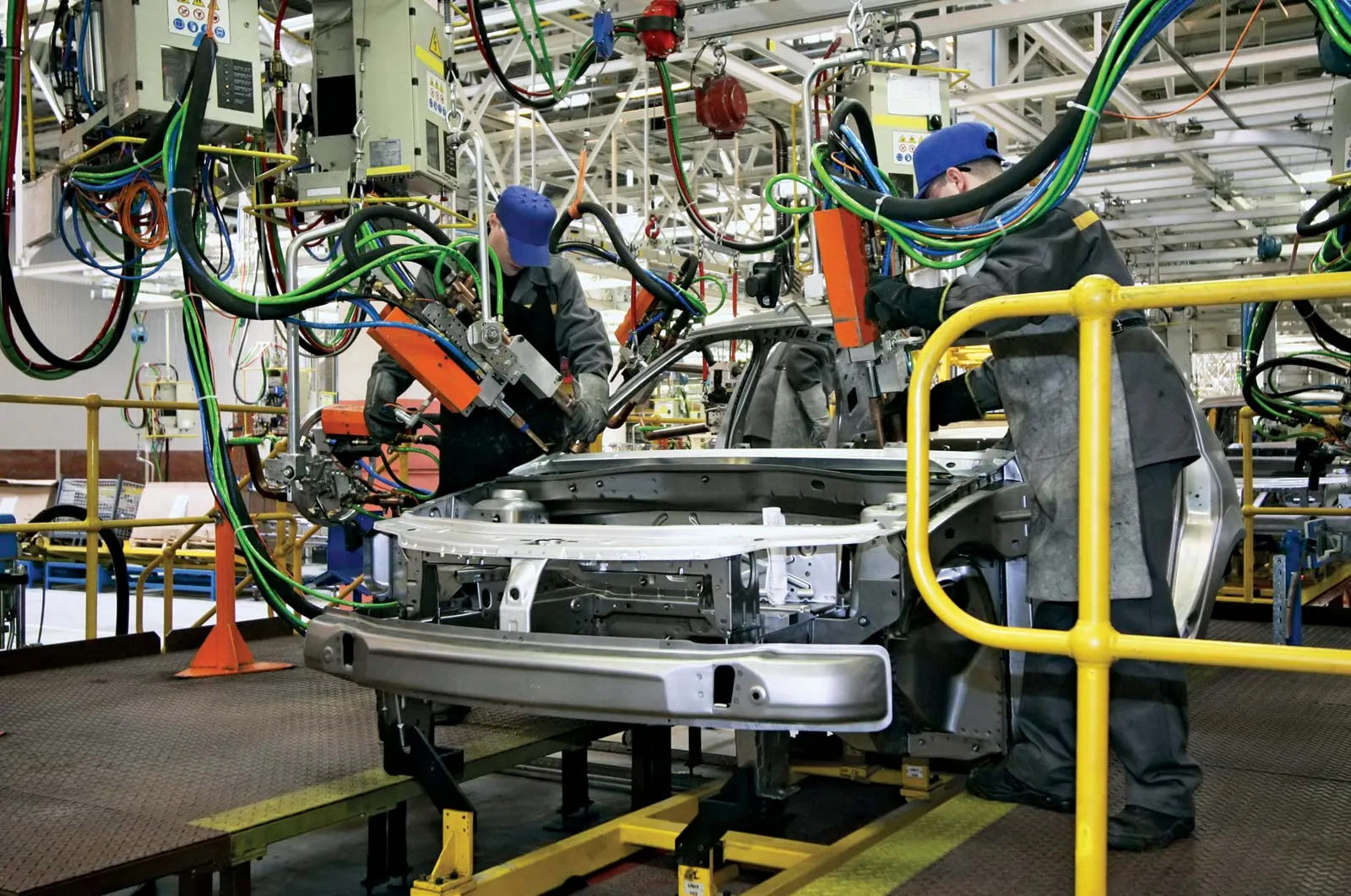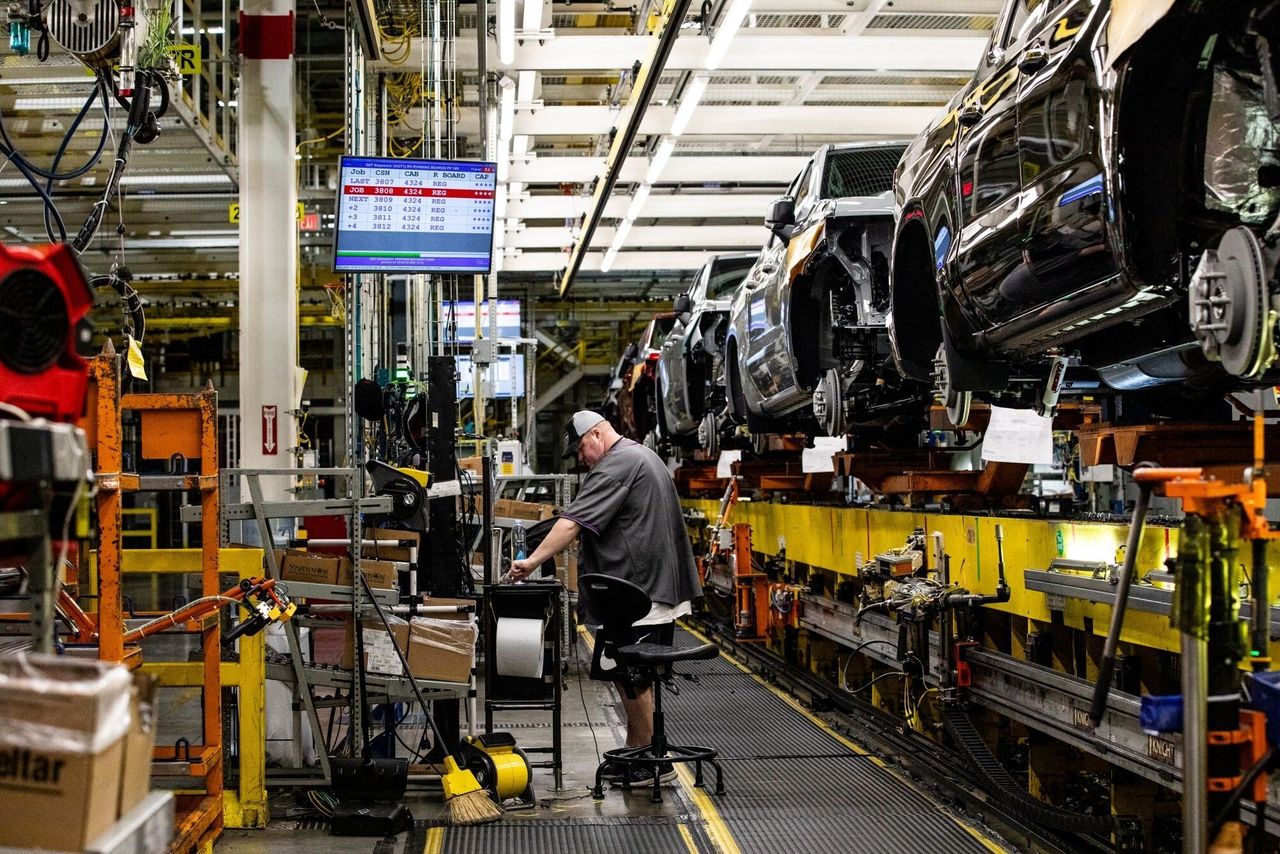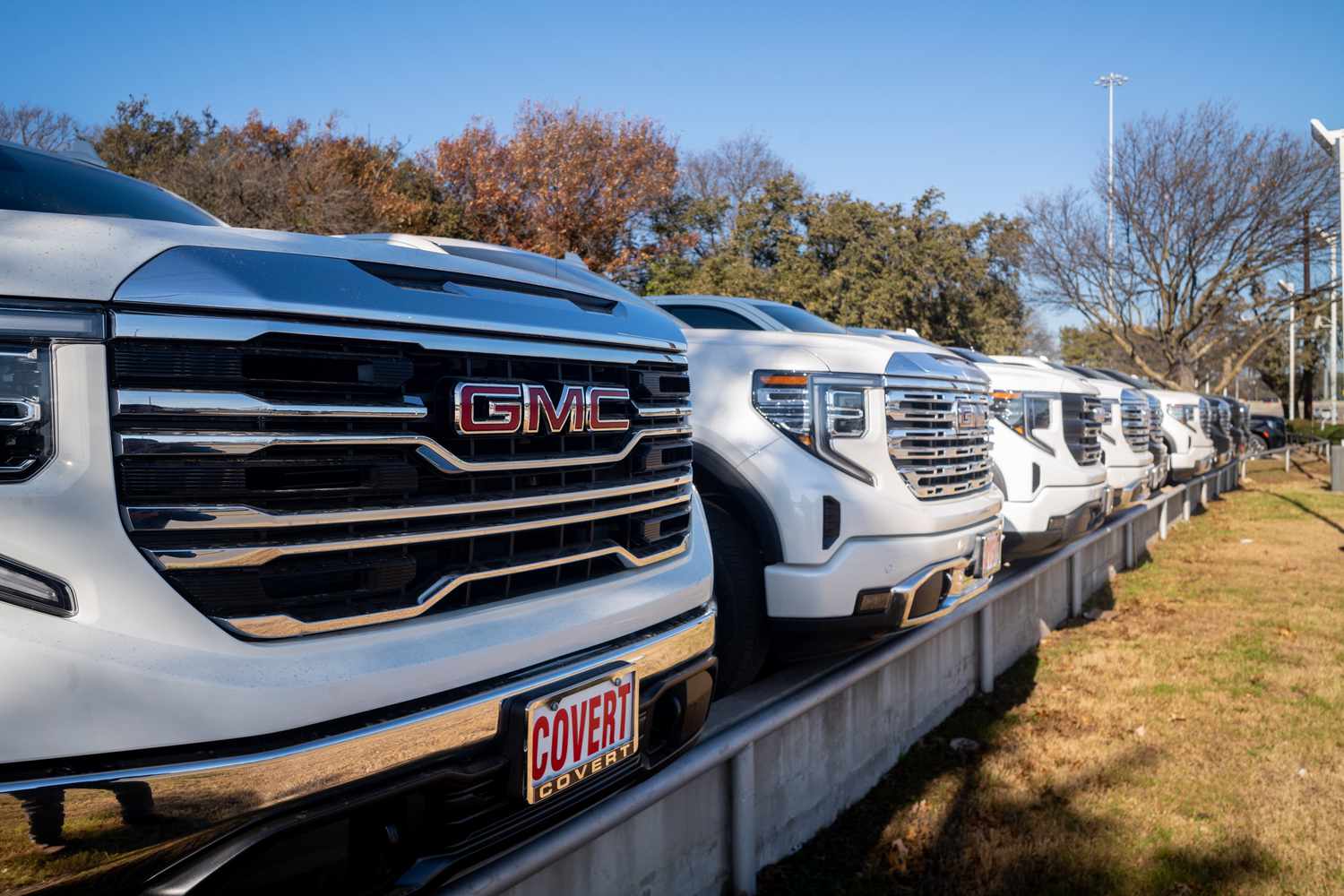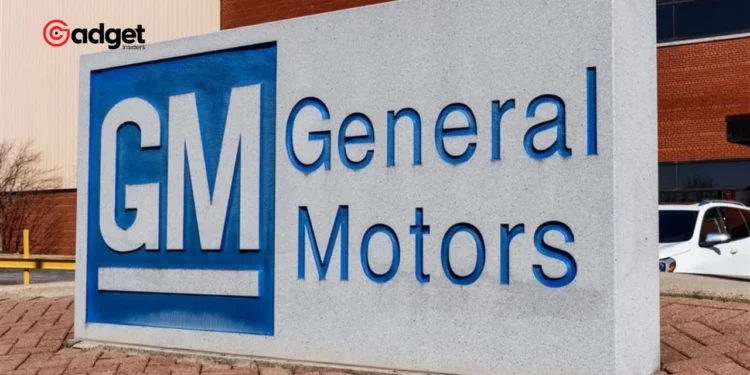General Motors has recently made significant adjustments to its strategic plans, signaling a nuanced shift in focus amid evolving industry dynamics. This includes a downward revision of its electric vehicle (EV) production targets for 2024 and the initiation of a robust $6 billion share buyback program. These moves reflect General Motor’s commitment to balancing growth in its burgeoning EV segment with robust returns for its shareholders, leveraging the enduring strength of its gasoline-powered fleet.

Revising EV Ambitions
At the Deutsche Bank Global Auto Industry Conference, GM’s CFO, Paul Jacobson, delineated the automaker’s revised forecasts for its EV production. Previously set at an optimistic 300,000 units by 2024, the target has been adjusted down to 250,000 units. This revision is part of a broader recalibration by GM as it navigates the complexities of the EV market, which includes supply chain hurdles and evolving consumer demand.
Jacobson emphasized the dual focus of GM’s strategy: enhancing the profitability of its traditional gas-powered vehicle operations while steadily improving and expanding its EV portfolio. This strategic pivot underscores the challenges automakers face as they transition from fossil fuels to electrified powertrains, a transition fraught with both opportunity and unforeseen challenges.

Strengthening Shareholder Value
Amidst these strategic shifts, General Motors has not lost sight of its shareholder commitments. The announcement of a $6 billion share buyback plan comes on the heels of a previous $10 billion buyback initiative and a significant dividend increase earlier this year. Such financial maneuvers are designed to bolster shareholder value and reflect confidence in the company’s financial health and operational stability.
The timing of the new buyback program, which follows the completion of the current plan, aims to capitalize on market conditions to “opportunistically repurchase shares,” as stated by GM. This approach not only demonstrates GM’s proactive financial management but also its agility in adapting to market dynamics while ensuring robust returns to its investors.

General Motors and Ford: Strategic Financial Moves
General Motor’s strategic financial decisions echo similar moves by its peer, Ford Motor Company. Ford’s CFO, John Lawler, also spoke at the Deutsche Bank conference, outlining Ford’s ongoing efforts to achieve a $2 billion cost reduction. This initiative is propelled by material and design innovations, aligning with broader industry trends towards efficiency and sustainability.
Both General Motors and Ford are clearly focused on strengthening their financial foundations and shareholder returns, a testament to their resilience in a rapidly evolving automotive landscape. As these industry giants navigate the complexities of electrification and economic fluctuations, their strategic decisions are closely watched by investors and industry analysts alike.

Market Response and Future Outlook
Despite the challenges of 2023, including labor strikes and issues within its Cruise self-driving vehicle unit, General Motors has seen its stock rally significantly. With shares up approximately 50% since the announcement of the late 2023 buyback program, the market’s response seems cautiously optimistic about GM’s strategic direction.
As General Motors continues to adjust its operational and financial strategies, the automotive giant remains a pivotal player in the global shift towards sustainable transportation. With a clear focus on profitability and shareholder value, GM’s recalibrated strategies could set a precedent for how legacy automakers can navigate the tumultuous waters of the automotive industry’s future.








